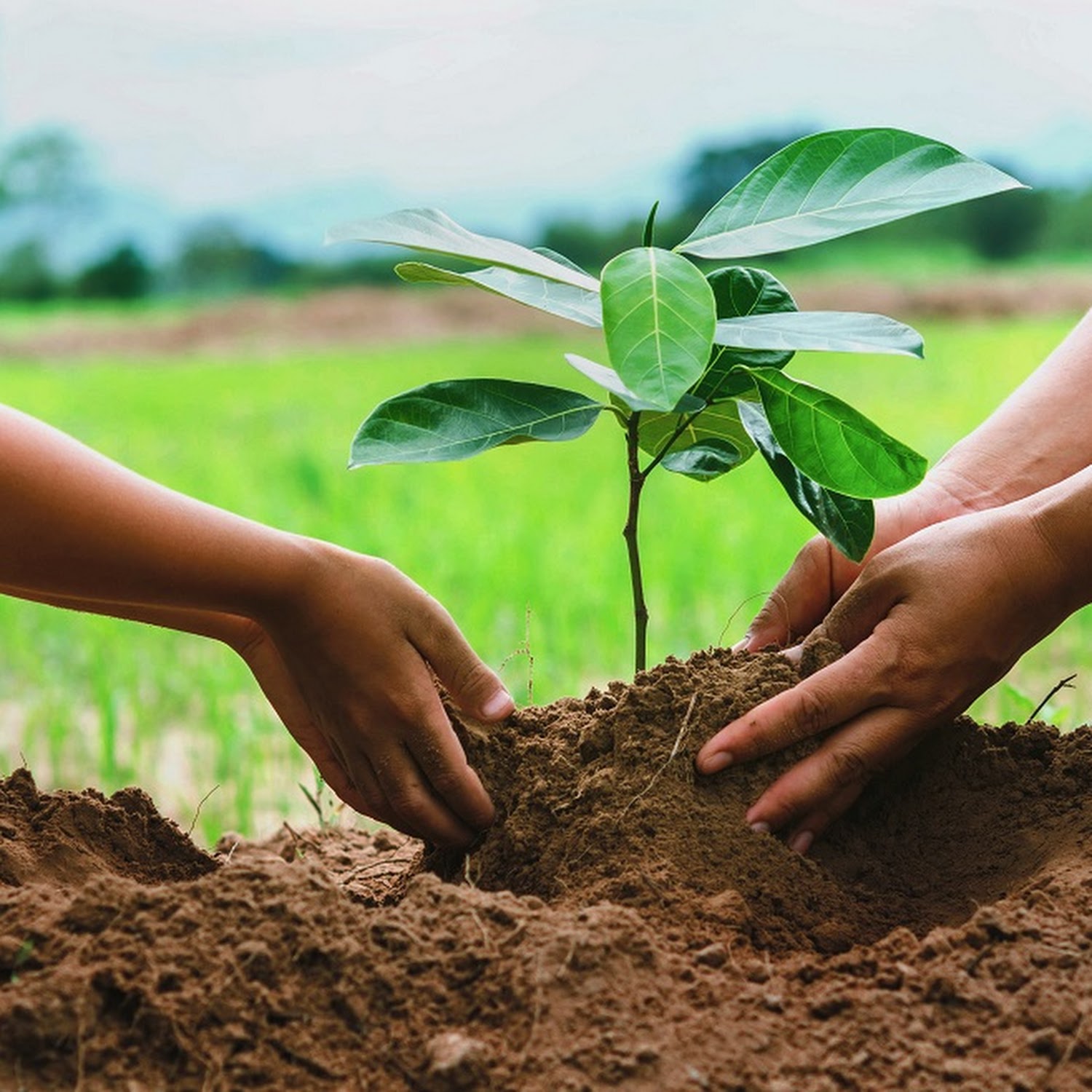Seed Selection
Seed selection in agriculture is the process of choosing the right type of seed for the crop you want to grow. The wrong type of seed can result in a poor yield, so it is important to choose wisely. There are many factors to consider when selecting seeds, such as climate, soil type, and pest resistance. With careful planning and research, you can choose the right seeds for your farm and have a successful harvest. Thus, the article will explain the role of proper seed selection so as to maximize crop yields.
Crop production depends heavily on the choice of seeds, and the quality of the seeds has a big impact on crop yield. Genetic purity, physical quality, physiological quality, and seed health are just a few qualities that good seeds have. Physical quality refers to the size, weight, color, and texture of the seed, whereas genetic purity assures that the plant that emerges from the seed resembles its mother. While seed health refers to the lack of fungal or insect infestations, physiological quality refers to the seed’s capacity to germinate, survive, and generate healthy seedlings.
Seed selection should not be compromised, and seeds must be treated before planting to break their dormancy and prevent diseases. The germination rate should also be assessed before planting the seeds in the field. Seed selection plays a critical role in the success of any agricultural endeavor. The type of seed planted will largely determine the quality and quantity of the resulting crop. Good quality seeds will produce healthier and more robust plants that are better equipped to withstand the rigors of the growing process.
While seed selection is mainly aimed at obtaining healthier seeds, it can be used also to maintain and improve the quality of the crop variety. In a crop field, there are always differences between plants. Some plants may have characteristics that are more suitable than those of other plants. During the growing season, the farmer can try to observe these differences and mark preferred plants with a ribbon or with a stick. During the harvest, the seeds of these plants can be reserved for growing the next crop. In this way, the farmer can slowly improve the quality of his variety.
Adding on the seeds that are used to cultivate new crops have to be selected very carefully and of high quality. The good quality seeds can either be bought from different sources or farmers can produce by their own. The selection of seeds is used to improve the quality of yields. There are several diseases that are transmitted via the seeds. If the selected seeds are from the infected fields, then the seed-borne diseases will cause severe problems in the agricultural process. Thus, always obtain seeds from healthy plants.
Another role of proper seed selection is to ensure the best possible crop outcomes because it is important to source your seeds from reputable suppliers who offer quality, disease-free seeds. When selecting seeds, considering factors such as the seed’s performance history, suitability to your growing conditions, and resistance to pests and diseases is important.
In closing, investing in good-quality seeds is a critical step in achieving a sustainable, productive harvest. When selecting your seeds, choose reputable suppliers, consider the seed’s performance history and suitability to your growing conditions, and conduct seed testing to ensure the best possible outcomes. By doing so, you can improve the health and yield of your crops, reduce your environmental impact, and optimize your returns on investment.


Leave a comment
Comments (1)
I think everything published was actually very reasonable. However, think on this, suppose you were to create a awesome post title? I am not suggesting your content isn't good., but what if you added something that grabbed folk's attention? I mean WEST AFRICA FOOD SYSTEM RESILIENCE PROGRAMME (FSRP) - All Blogs is kinda boring. You should look at Yahoo's home page and watch how they create article titles to get viewers interested. You might add a video or a related picture or two to get readers excited about everything've written. Just my opinion, it would bring your posts a little bit more interesting. https://menbehealth.wordpress.com/